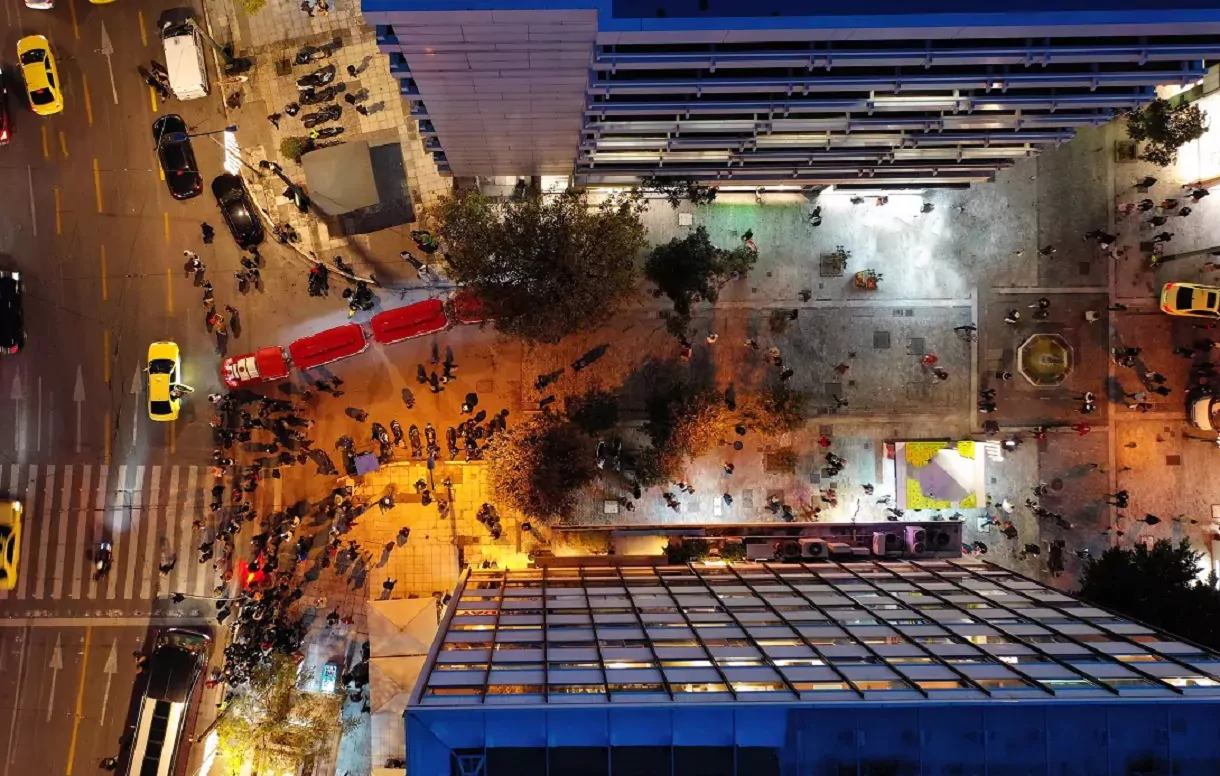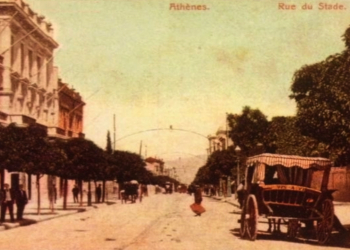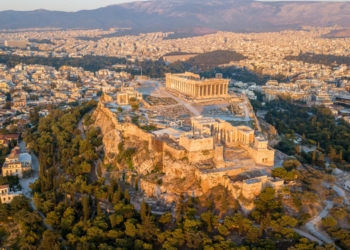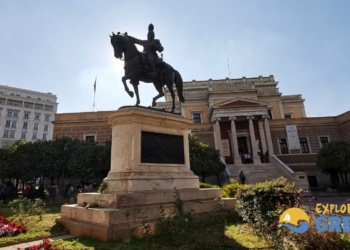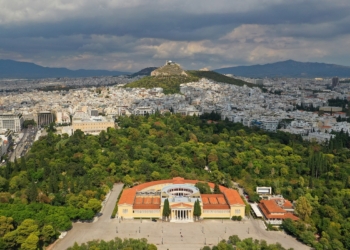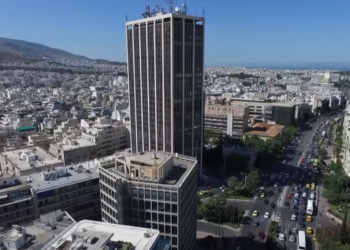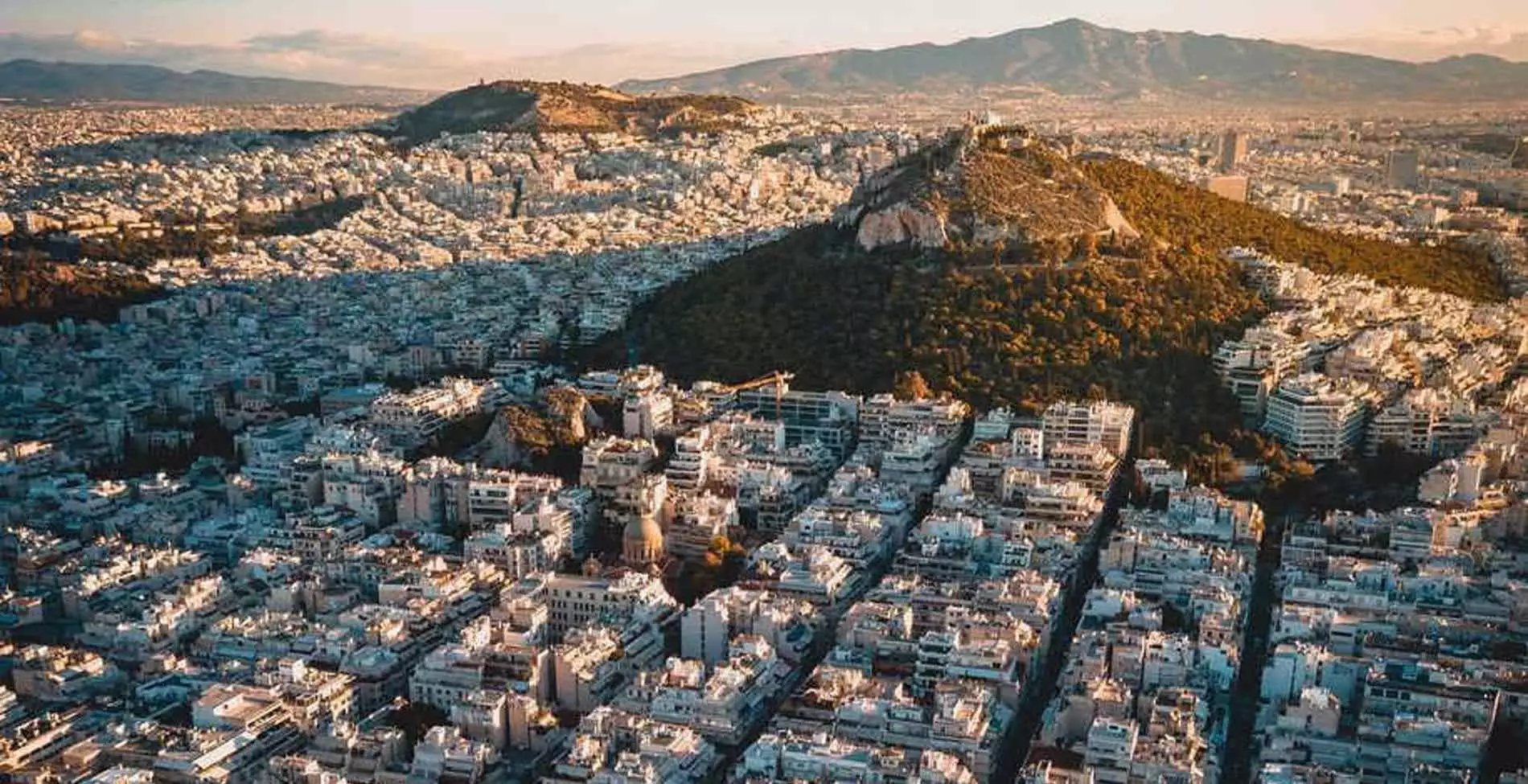The pedestrianization of Ermou Street, a major shopping street in Athens, was a topic of discussion that began in the 1980s. The final decision was made years later, and work started in April 1995. The official inauguration was at the end of 1997.
Ermou Street has a rich history. It was one of the first streets designed in modern Athens. When the city’s first urban plans were drafted in 1833, architects Kleanthis and Saubert included it as a main axis. Its name was not accidental. It was intended to be a shopping street in the city center from its inception. Hence, it was named after Hermes, the god’s messenger and commerce protector.
Ermou has always been a key part of Athens’ old town commercial triangle. It served as the main communication channel between Syntagma Square and Monastiraki District. This is where commerce was always focused, with Greek clothing, textiles, and footwear companies flourishing.
However, when its pedestrianization was officially decided in 1995, there were many protests. Despite the road being degraded over the years, many traders and shopkeepers feared this would mark the end of their businesses. Their main protest was not about the project’s nature, but practical issues they believed would remain unresolved. They worried the damage to their stores would outweigh any potential profit.
Ermou Str: How the most commercial street in Athens was named?
The Athens Trade Association also expressed concerns and protests. Shopkeepers argued that the works would obstruct customer movement. They feared shop windows would become inaccessible, reducing customer-product interaction. Supplying goods was another major concern discussed extensively. Most traders agreed this would become significantly more difficult.
These concerns were amplified when the work started, almost at the beginning of the discount period. Despite reassurances from then Minister Costas Laliotis and Athens Mayor Dimitris Avramopoulos, objections and tensions persisted. The Ministry of the Environment and Public Works highlighted in an informative brochure that this was a “radical” and “brave” solution, part of the modern concept promoting car use restriction in the city. After negotiations with regional businessmen and the Athens Taxi Car Syndicate, the measure’s experimental application began. Traffic was cancelled on Ermou Street and part of Karagiorgi Servias Str.
The study was planned and implemented by the Ministry of the Environment and Public Works Directorate of Special Projects for the Upgrading of Areas. It included two phases. The first concerned the road part from Syntagma Square to Aeolou Street and the back streets. The study was approved in its entirety, except for the section concerning the temple of Kaplikarea’s site shaping. The revision study for this section was approved in 1997. The second phase involved forming the sides of Syntagma Square and pedestrianizing the remaining cross streets.
Ermou Street was inaugurated and rose to prominence.
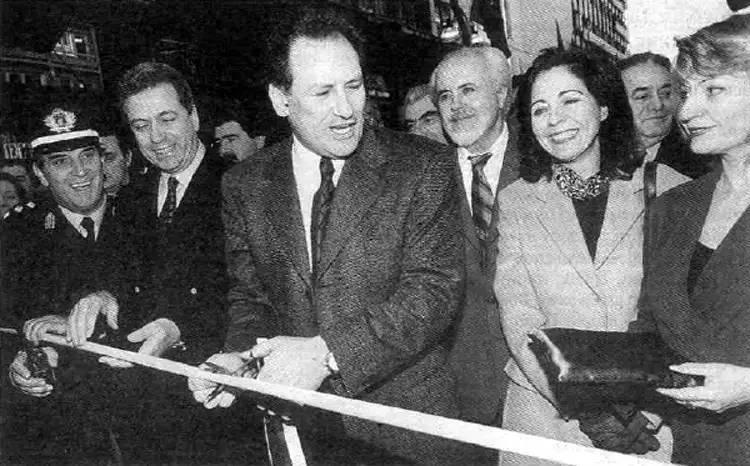
The pedestrianization of Ermou Street was a challenging process. It was marked by numerous delays, postponements, and changes in the program, leading to widespread dissatisfaction. A survey conducted by the Athens Trade Association and the Chamber of Commerce and Industry revealed that 97% of the Triangle’s wholesalers were unhappy with the project. Retailers also expressed a 50% negative attitude towards the project. Despite these reactions, the official inauguration of the new pedestrian street took place just before the end of 1997, two and a half years after the works had started.
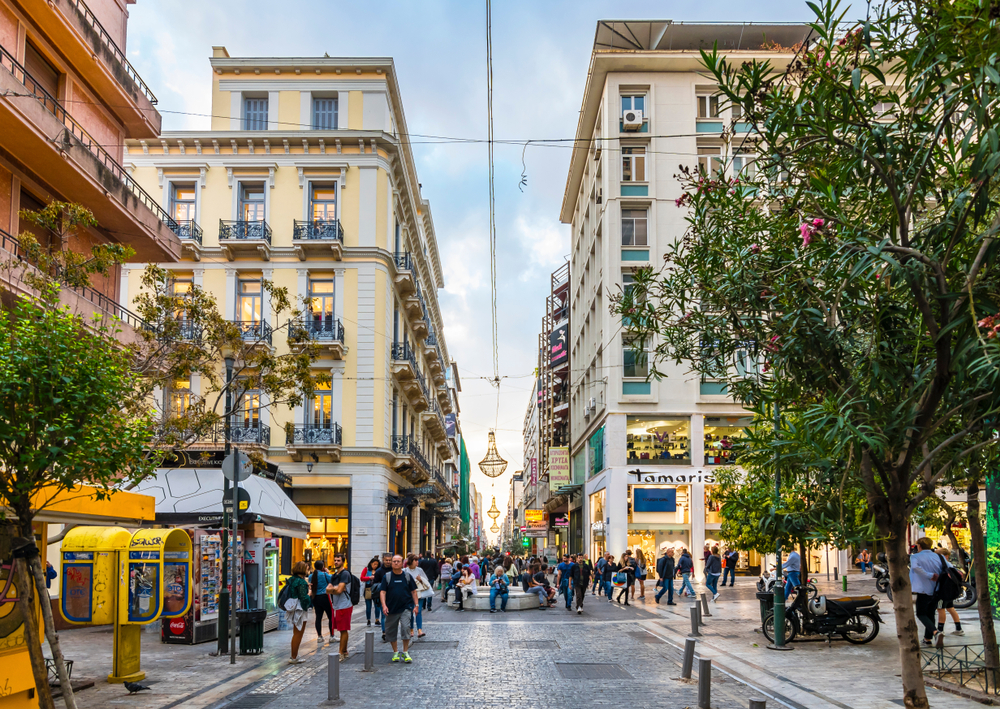
On December 30, 1997, a new chapter for Ermou Street began with the cutting of the red ribbon. The Ministry of the Environment and Public Works declared it as “the largest pedestrianization ever in Greece”. Shopkeepers discovered that the project, which cost a total of 2.2 billion drachmas, had transformed their stores, leading to increased profits and optimism.
The pedestrianization brought about other changes as well. Traditionally, the location of a shop on Ermou Street was linked to the prices of its products. However, by 1999, prices throughout the region were almost homogenized due to industrialization. The aesthetic upgrade of the area also led to an increase in rental prices, reflecting the common commercial trend.
Ermou street today
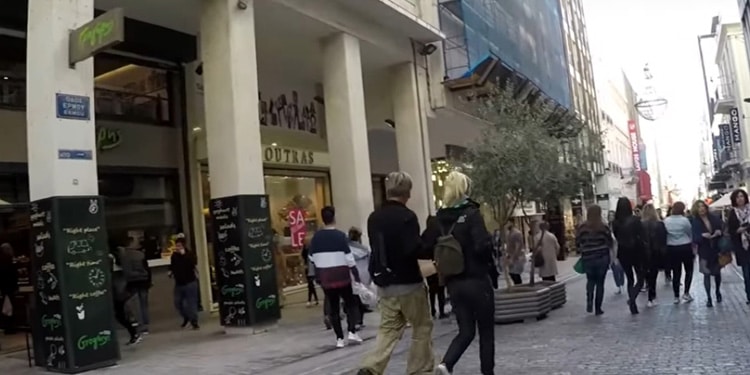
An unknown detail about Ermou Street
An interesting fact about Ermou Street is that it has been twinned with Okurayama Street in Japan’s Kanagawa prefecture since 1988, an area with a population of almost 10 million.
Photo Source: Athens through time


